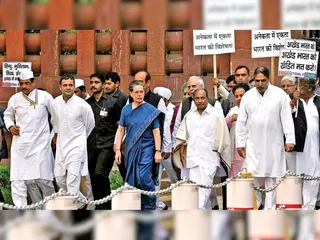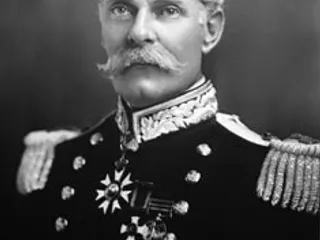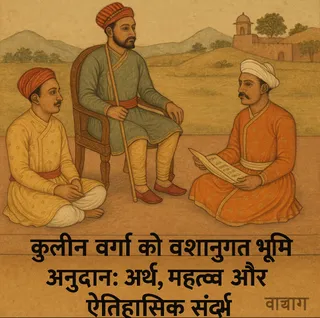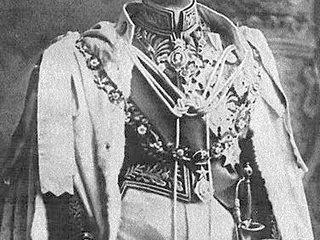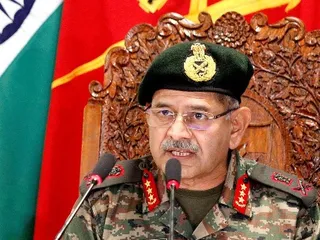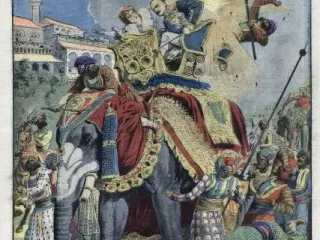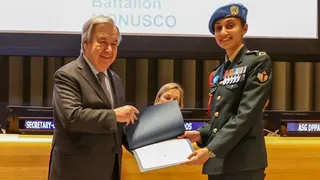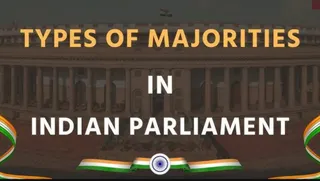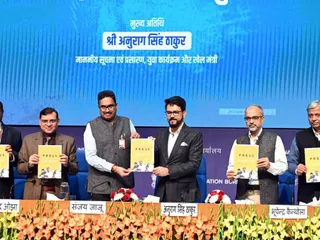The Indian National Congress (INC), often referred to simply as the Congress, holds a pivotal position in the history of India's struggle for independence. Its formation in 1885 marked a significant turning point, laying the groundwork for a unified national movement against British rule. While initially conceived as a moderate platform for voicing Indian grievances, the Congress evolved dramatically over time, eventually becoming a powerful force in the fight for self-governance.
The genesis of the Congress can be traced to the vision of Allan Octavian Hume, a retired British civil servant. Concerned about the growing discontent among educated Indians and recognizing the need for a platform to express their concerns, Hume circulated letters to prominent Indian intellectuals and nationalists. He envisioned a body that could articulate Indian opinions to the British government in a structured and organized manner. This initiative gained traction, leading to the first meeting of the Congress in Bombay (now Mumbai) on December 28, 1885.
The inaugural session, attended by 72 delegates representing various regions and communities of India, marked a significant moment. Among the notable figures present were Dadabhai Naoroji, Ferozeshah Mehta, and Dinshaw Wacha. These early leaders were primarily from the educated elite, comprising lawyers, businessmen, and intellectuals. The Congress's initial objectives focused on moderate reforms within the existing framework of British rule, advocating for greater Indian participation in governance and addressing issues such as economic exploitation, discriminatory policies, and social injustices.
The early years of the Congress witnessed a period of relative moderation. The leaders pursued constitutional means to achieve their goals, emphasizing petitions, appeals, and reasoned arguments to the British authorities. Prominent figures like Gopal Krishna Gokhale played a crucial role in articulating the Congress's moderate stance and advocating for reforms through collaborative engagement with the government.
However, the initial aims and moderate approach of the Congress gradually evolved in response to the changing political landscape. The growing sense of national identity and increasing dissatisfaction with British policies fueled a more assertive and radical wing within the Congress. Over time, the Congress expanded its membership and reach, eventually encompassing a wider spectrum of Indian society and evolving from a predominantly elite organization to a mass movement.
The formation of the Indian National Congress was a watershed moment in India's history. It provided a platform for articulating Indian aspirations, fostering a sense of national unity, and shaping the course of the struggle for independence. While its initial aims were limited, its evolution reflects the growing complexities of the nationalist movement and its eventual triumph in achieving India's freedom. The Congress’s legacy is complex and continues to be debated, but its role in India's independence remains undeniable.
Further research into primary sources like the proceedings of the early Congress sessions and biographies of its founding members offer a deeper understanding of the organization's formation and early development.

